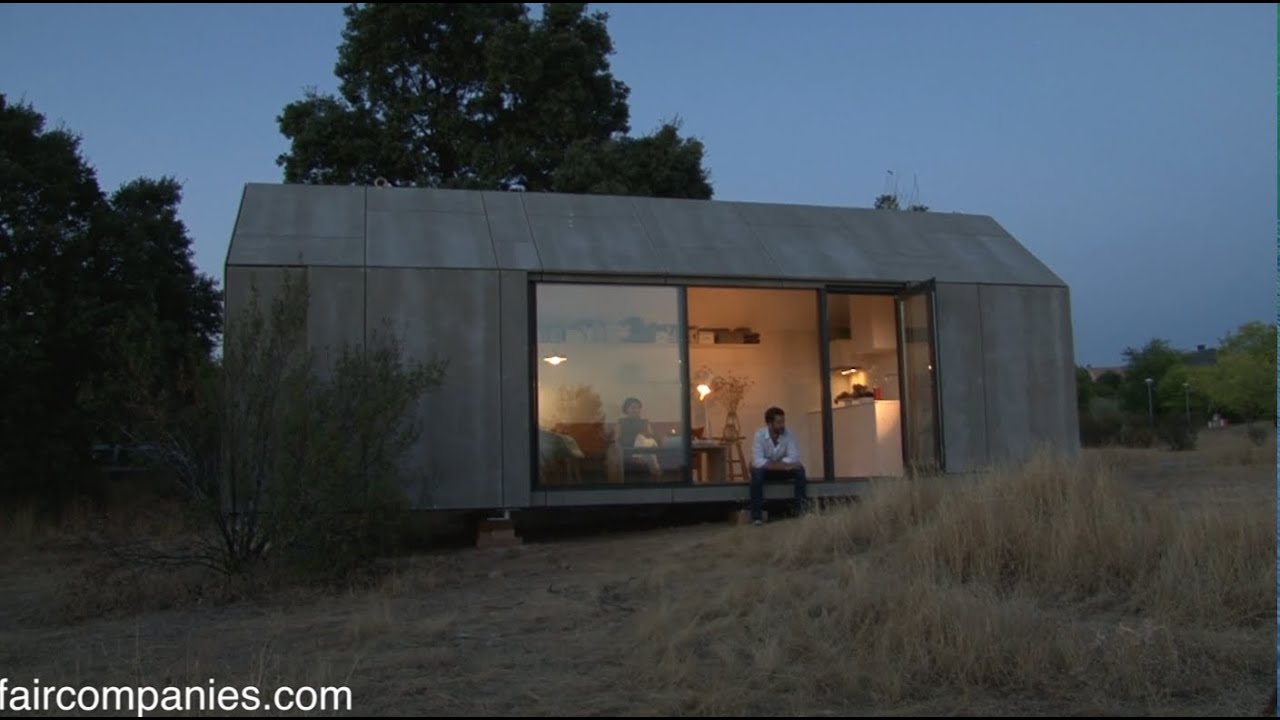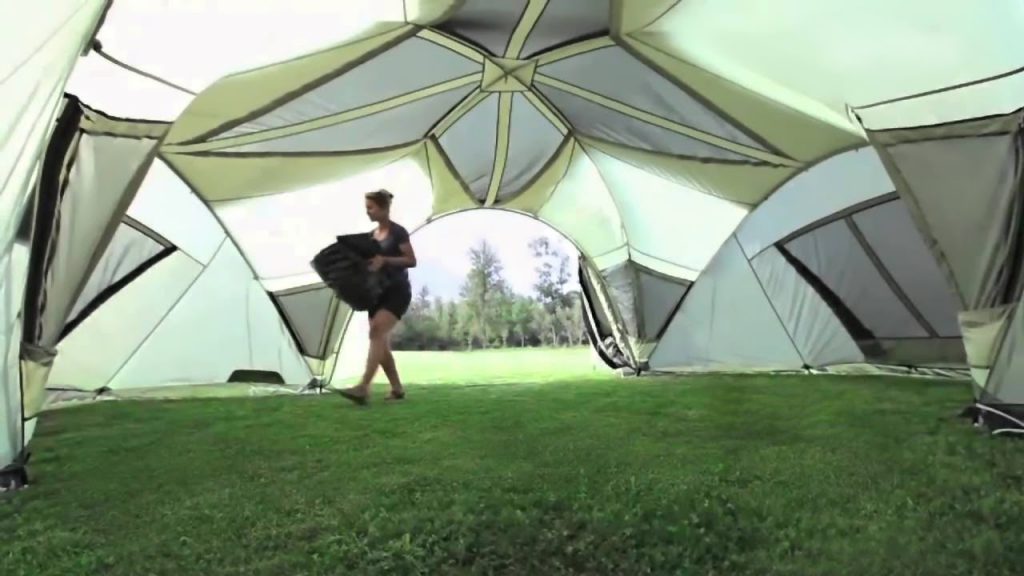Portable home delivered as furniture, tailored as smartphone

Architect Camino Alonso wanted to create a small, portable, prefab homes, but she didn’t want it to feel like a shipping container.
Camino, along with her husband and siblings (also architects at their firm Ábaton), created ÁPH80, a tiny home that ships like furniture, but has the style and usability of a smartphone.
Their Casa Transportable (“Transportable House”) is manufactured in 6 weeks in a CNC factory in Northern Spain. Their largest model (9 by 3 meters) is still small enough to fit on the back of a truck. The height of 3.5 meters allows for a gabled roof to give it the feel of a real house, but it’s just low enough to fit under bridges and tunnels while on the road.
Once the house arrives at the site, like a shipping container, it is craned into place in as little as 20 minutes. When Ábaton installed their prototype house on an empty plot in a residential neighborhood on the outskirts of Madrid, they had dug a few small holes in preparation for the “foundation footings”: in this case, recycled wood blocks leftover from other construction projects, but cement or a nice rock work as foundation as well.
Ábaton provides instructions and sketches so any crane operator can put the home in place. The home arrive fully plumbed and wired. Their prototype home is the “apartment” with kitchen/living room, bathroom (with full shower) and bedroom (bed included), but they offer other models for those looking interested in simply placing an extra bedroom in their backyard (they offer several combinations e.g. a bedroom/bathroom, 2 bedrooms, living room/kitchen, bedroom/living room).
CNC-milled grey cement-board panels lock together to provide not only a sleek exterior, but a ventilated facade. This layered exterior along with 10 centimeters of insulation means the home is thermally efficient – useful for off-grid purposes, but it also means that even without AC on a very hot day in Madrid, the inside of the space stayed cool.
What are some benefits of integrating smartphone technology into the design of portable homes?
In recent times, there has been a growing trend in the architectural industry that has seen the development of portable homes that are delivered as furniture and tailored to fit the needs of smartphone users. The idea of portable homes has been around for quite some time, but the recent developments have brought a new perspective to the industry.
Portable homes, also known as tiny homes, are compact living units that offer homeowners the chance to live a simpler and more sustainable lifestyle. These homes are designed for those who are looking for an alternative to traditional homeownership and see it as a way to reduce their impact on the environment while still owning a property. The concept of portable homes is not new, but the idea of delivering them as furniture and tailored to fit the needs of smartphone users has revolutionized the industry.
Traditional portable homes are pre-fabricated and delivered to their destination as a complete unit; however, this new approach involves delivering and assembling the home as furniture, rather than as a prefab unit. This approach allows homeowners to personalize their living space and tailor it to meet their specific needs. They can choose the materials, colors, and styles that best reflect their personality and taste.
One of the most significant advantages of this approach is that it allows for easy transportation of the home to any location, which means that homeowners can take their residence with them wherever they go. Portable homes are designed to be environmentally friendly, energy-efficient, and cost-effective. The combination of these features makes them an excellent option for people who are looking for an affordable and sustainable living solution.
The addition of smartphone technology to the design and construction of portable homes is another innovative aspect of this growing industry. The integration of smartphones into the homes’ design allows homeowners to control and monitor various aspects of their home, such as lighting, temperature, and entertainment, all from the convenience of their smartphone. The ability to control the home remotely is not only convenient but also adds an extra layer of security for homeowners.
In conclusion, the concept of delivering portable homes as furniture and tailored to fit the needs of smartphone users is a unique and innovative approach to the architectural industry. This approach allows homeowners to personalize their living space and transport it to any location. Additionally, the integration of smartphone technology into the home’s design allows for convenient control and monitoring of various aspects of the home. As the trend continues to gain traction, we can expect to see more exciting and innovative developments in this field.








Inside a $65,000,000 Beverly Hills Ultra Modern MEGA MANSION
HUGE TRANSFORMATION | Painting The Interior
Real Life on a Remote Island ????️ || Palmerston Cook Islands – Population 35
The Secret Infrastructure Beneath NYC
This German Castle Has Been One Family’s Home for 850 Years